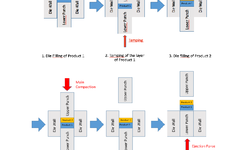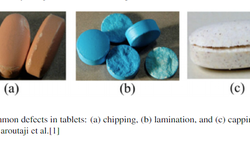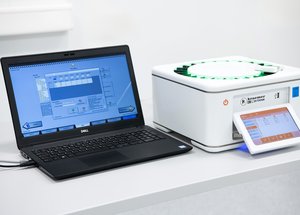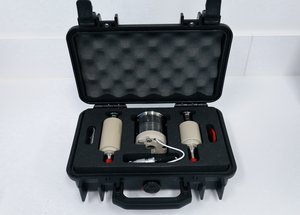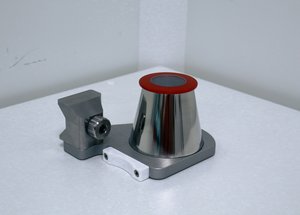Scientific papers
Wet bead milling (WBM) is a primary method for producing long-acting injectable (LAI) suspensions, where the particle size of an Active Pharmaceutical Ingredient (API) is reduced in a liquid vehicle through grinding. A common issue encountered during WBM is the lengthy milling time required to achieve the desired particle size, leading to low milling efficiency. This study aimed to identify potential API attributes that predict milling efficiency during WBM. The physical and mechanical properties of nine APIs were analyzed, and formulations with these APIs were manufactured using WBM. It was found that the bulk Young's Modulus significantly affects the rate of particle attrition. The rank order of the APIs' Young's Moduli correlated with milling efficiency, which was estimated by an empirical function called Milling Resistance (ϕ). This function represents the combined impact of milling time, tip speed, bead loading, and batch-to-chamber volume ratio. Identifying such intrinsic material properties early on is advantageous for product development, as it allows for preliminary evaluations of potential manufacturing risks with limited material quantities and helps in anticipating and mitigating scale-up challenges.
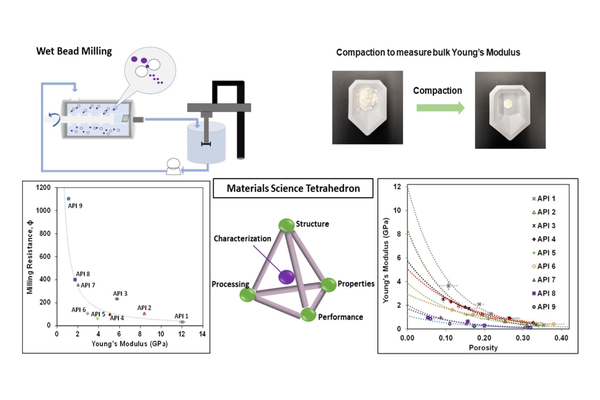
Comments
No comments posted yet.
Add a comment

